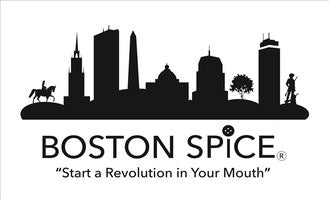Gallows Hill
Gallows Hill in Boston has a grim yet notable place in the city’s history. During the 17th century, this site was used for public executions. It was located just outside the city proper, near what is now known as the Boston Neck area.
Executions at Gallows Hill were public spectacles, intended to serve as a deterrent to crime and a means of enforcing justice. The most infamous of these executions was that of Mary Dyer, a Quaker who defied Puritan laws and was hanged in 1660 for her religious beliefs. Her execution highlighted the harsh religious intolerance of the time and contributed to the eventual push for greater religious freedom in the American colonies.
Today, Gallows Hill is part of Boston's layered history, reflecting the city’s complex past and the evolving notions of justice and religious freedom in early America. While the exact location of Gallows Hill is not prominently marked, it remains a poignant symbol of the city's colonial history and the struggles that shaped it.
